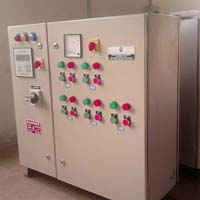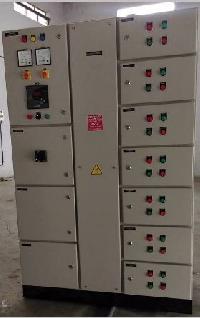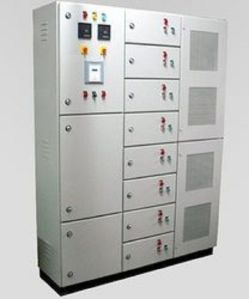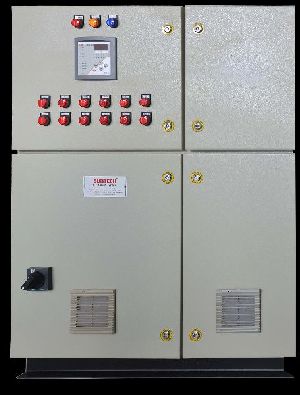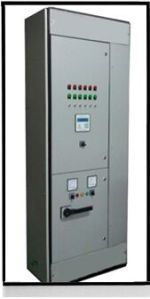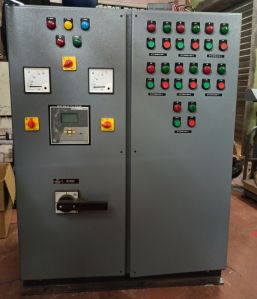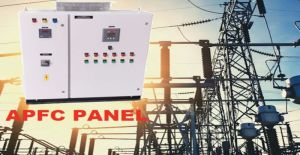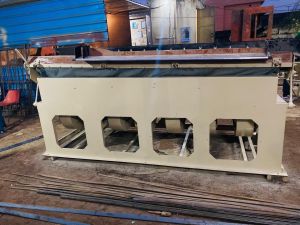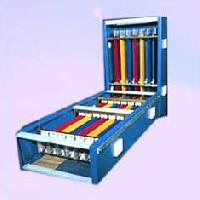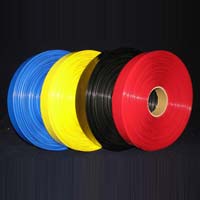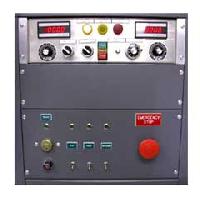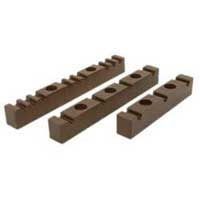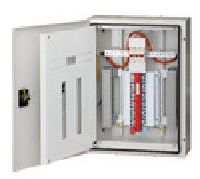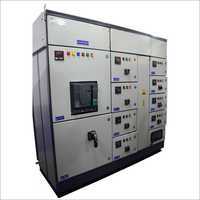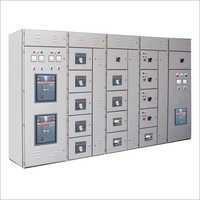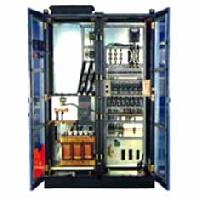Listing ID #5906858
Company Information
Ask for more detail from the seller
Contact SupplierGenerally AC system have three basic loads, i.e. resistive, inductive and capacitive. In case of purely resistive load, the current and voltage are in phase. Whereas, in case of inductive load, current lags behind the voltage. In industries, most of the equipment and appliances are inductive in nature. In case of capacitive load current leads the voltage.
Mostly capacitors are installed for power factor correction of system . Inductive or capacitive loads are termed as the reactive loads. In this loads active power can only be consumed in resistive portion of load, where the current and voltage are in phase. Reactive component of the load consumes reactive power which is necessary for energizing the magnetic circuit of the equipment and is not useful for work.
Inductive loads are with two current components, one is active current & another is reactive current. Vector sum of these two power components (active and reactive) is termed as Apparent Power (measured in kVA). The ratio of active power (kW) to apparent power (kVA) is known as power factor.
In case of resistive load kVAr (reactive component) is absent, so angle φ will be zero degree, hence power factor will be unity. For a inductive load the power factor will be lagging and for capacitive load the power factor will be leading.
Thus it is clear that, if the power factor is different than unity (low power factor), more will be the kVA demand for same kW load. Most of the HT tariffs include kVA Demand charges along with Energy Charges, more the kVA demand for the same kW load more will be the electricity bill to consumer.
Disadvantages of Poor Power Factor:
Load draws high current for same value of useful power
1. Which results in increase in size of the switchgear, cable, transformer etc. All this adds to the cost.
2. High current causes increased power loss (I2R loss) in the circuits. The conductor temperature increases and hence the life of insulation gets reduced.
3. It increases voltage drop which affects different loads as below:
Advantages of Improved Power Factor:
Range: APFC panels with & without series reactor for any capacity LT & HT system.


